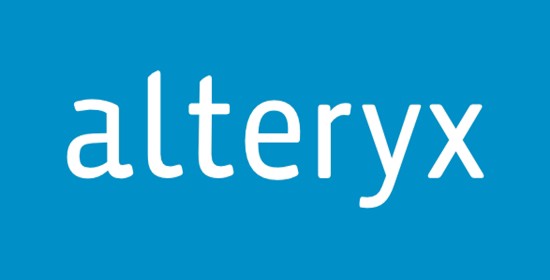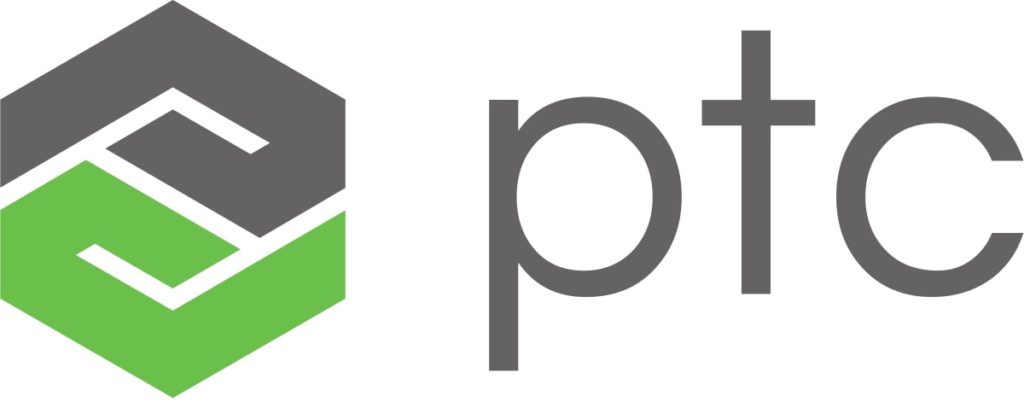Afterpay – A Young Australian Fintech Startup To Secure More Than 7 Million Active Customers Internationally.
Nick Molnar and Anthony Eisen founded Afterpay in October 2014. It is a very young start-up that has its origin in Australia and eventually expanded to the UK, Canada, the US, and New Zealand. The company changed its name from Afterpay to Afterpay Limited in 2019 and currently Square Inc, an American digital payment company is planning to acquire it. It is a mutual agreement between the two companies the deal is planned to be settled by 2022 for $29 billion.
Afterpay limited is a fintech company and currently, it has over 7 million active customers with the majority of it in the US and Australia. Afterpay went public only after two years of its established and its stock price has increased rapidly in the last five years. In 2016, the company got listed in ASX with an IPO valued at $25 million. The business strategy of Afterpay is what makes it one of the most successful and youngest fintech companies today.
Founding Of Afterpay
Nick and Anthony founded Afterpay back in 2014 as a financial payment for shopping purposes. The product developed by the company allowed customers to pay in an installment-based system and thus approached the audience in a “buy first, pay later” approach. Afterpay offered several plans on how customers can repay the money in installments. With Afterpay, the retailers didn’t have any requirements to track the repayments of customers and in return, the company charged a small fee based on the transaction.
Before rolling out the platform, Compay fully built its digital strategy and also established a partnership with Touchcorp, a payment firm. Touchcorp was also one of the early investors of the company and supported the entire back end of Afterpay’s payment system. In 2017, both the companies were merged and a deal of $500 million was successfully closed with renaming the company Afterpay Touch.

Success And Expansion
Afterpay was able to secure millions of customers in a very short time and the company’s valuation also started escalating. In 2016, the company decided to go public and thus got listed on the Australian Securities Exchange with an IPO of $25 million. By this time, Company established a very strong customer base and an efficient payment system. This brought Afterpay on the radar of investors and 2018 American venture capital firm Matrix Partners showed interest in the company.
Matrix Partners was willing to invest $19.4 million to help the company enter the US market. With this funding, Afterpay successfully entered the US market in mid-May of the same year with retailers like Urban Outfitters, Free People, and Anthropologie. After one year of entering the US market, Company raised a fresh fund of $317.2 million and it was invested exclusively in the company’s international growth. In mid-2019, Afterpay announced that it has crossed two million active customers in the US and has 6,500 merchants using their payment system. The same year, the company also entered into a partnership with Visa Inc and that hugely broadened the customer base of the company. Last year Company reported that from two million customers in 2019 it has crossed more than five million customers last year.
In August 2018, Company acquired a 90% stake in a UK-based company Clearpay. This company also offered the same service as Afterpay and the deal was closed for one million Afterpay shares. With this acquisition, Company entered the UK market and it landed 200,000 customers only in the first fifteen weeks. Last year, due to the COVID-19 pandemic, everyone witnessed a rising demand for online shopping. Afterpay, in order to capitalize on the e-commerce surge, showed its interest in expanding to other continents including Asia. Thus, the company is planning to acquire more Asian-based payment companies.
About The Founders
Nick Molnar, born in 1990, is the youngest self-made Australian billionaire. Nick went to the University of Sydney and has a bachelor’s degree in commerce. He is mainly famous as the co-founder of Afterpay and after the company is acquired by Square Inc he along with Anothony is to receive $2.7 billion in Square stock.
Anthony Eisen is the co-founder of Afterpay and also the current CEO of the company. He completed his education at the University of New South Wales. Eisen has more than 20 years of experiencing in leadership and investing in financial services and technology.

Annasha Dey is an NIT student, who apart from studying engineering is also a content writer. She has a great interest in photography, writing, reading novels, and travelling as well. She is a foodie who loves socializing and hanging out with her friends. She is also a trained Kathak dancer and a big fashion enthusiast. Dey also loves watching TV series, which includes F.R.I.E.N.D.S. and Big Bang Theory. To be a better writer she prefers to read more




